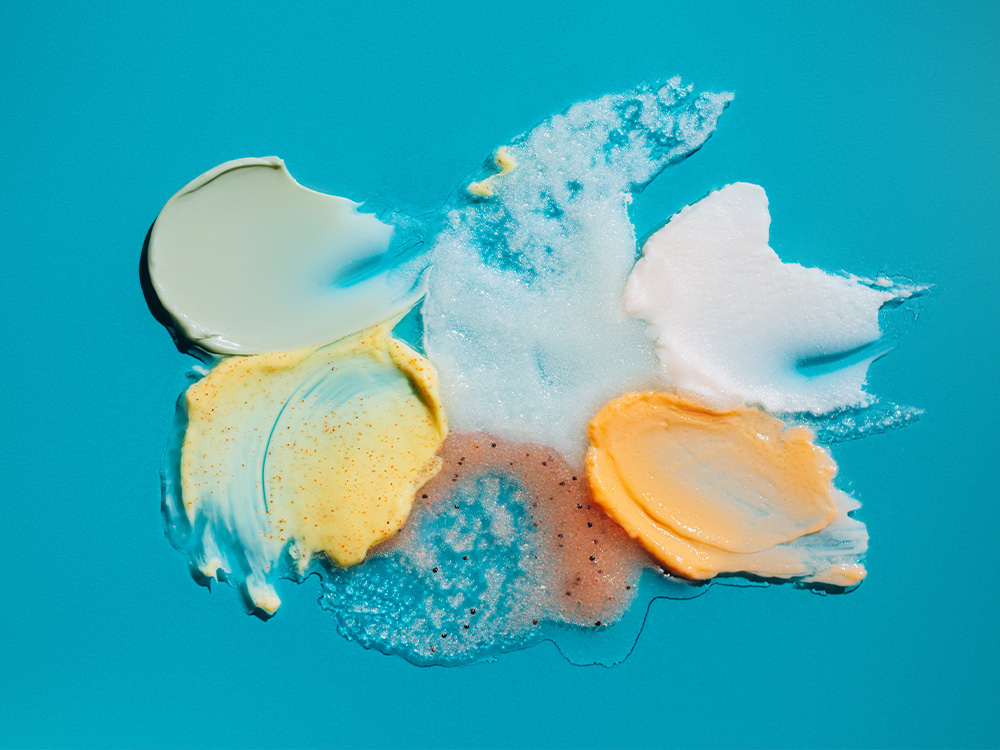
In 2015 the Microbead-Free Waters Act prohibited the manufacturing, packaging and distribution of rinse-off cosmetics that contain plastic microbeads. Beauty consumers breathed a brief sigh of relief. However, while the microbeads have been done away with, there are still plenty of other microplastic particles floating around in our skin care and makeup products. “Microplastics were commonly used in skin care as physical exfoliators,” says cosmetic chemist Ginger King. The ban came mostly due to the microbead’s inability to biodegrade, which has negative impacts on the environment and our bodies. The other microplastics still present in products today can be just as harmful.
The negative effects of microplastics in skin care
“Absorption through sweat glands, hair follicles or open wounds, ingestion, and inhalation of microplastics can be hazardous to humans and animals,” warns Miami dermatologist Dr. Deborah Longwill. This is because of the plastic’s inability to biodegrade and metabolize and excrete toxins like pesticides, polychlorinated biphenyls and heavy metals, which adhere to the microplastics.” Dr. Longwill adds that studies have shown adverse effects on inflammation, cell repair and hormones.
If they’re harmful, why are they still found in products?
“Initially, skin-care companies used microplastics in products as emulsifiers, fillers and exfoliants,” says Dr. Longwill. While the most common use of microplastics in skin care are scrubbing particles, they’re sometimes used to add thickness to products, says cosmetic chemist Michelle Wong, PhD. The microplastics don’t need to be there. Don’t be fooled, says Dr. Wong. “There are alternative ingredients that can be used for both purposes,” she notes.
Dr. Wong points out that “there’s also a lot of confusion with microplastics in beauty products. A lot of ingredients are polymers but not microplastics since not all polymers are plastic,” she explains. Ingredients in the product itself are not always the culprit. Dr. Wong says the breakdown of packing and tire dust, a significant contributor to microplastics in the environment, can be to blame.
Find a Doctor
Find a NewBeauty “Top Beauty Doctor” Near you






